India's retail inflation increases above tolerance for 3rd straight quarter; What does it mean?
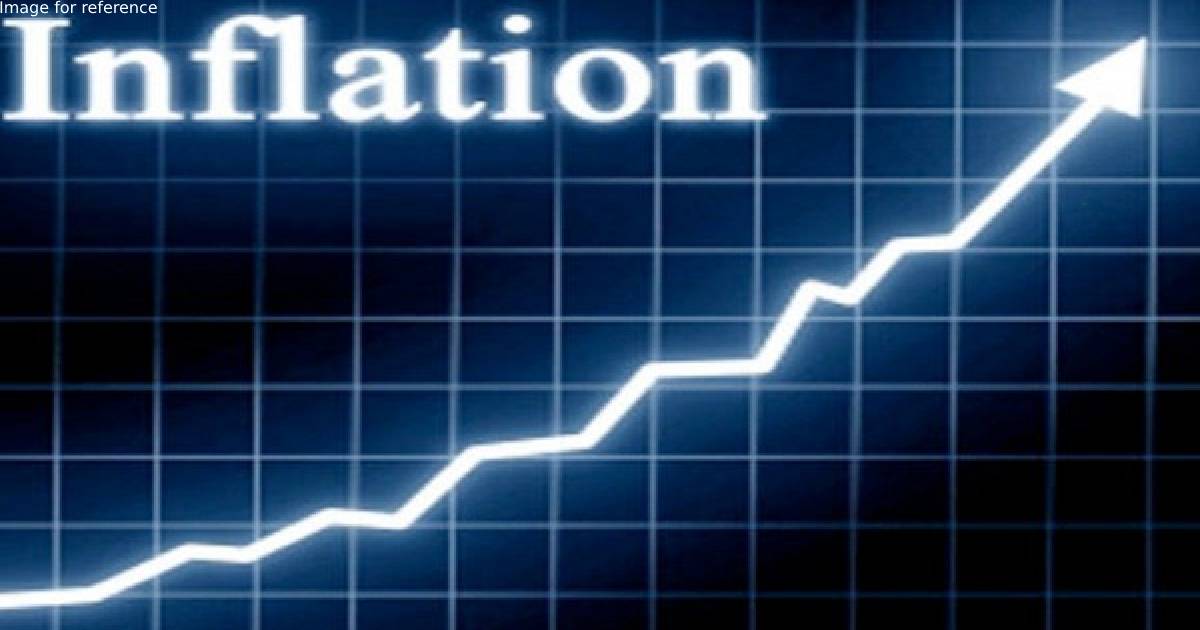
New Delhi: India's retail inflation surged to 7.41 per cent in September, remaining above the Reserve Bank of India's mandated range of 2-6 per cent for the third straight quarter - nine straight months.
In August, the retail inflation was 7 per cent. The price rise has been sharper in rural India. National Statistics Office showed consumer price index-based inflation (CPI) in rural India surged to 7.56 per cent in September while for urban India it stood at 7.27 per cent.
The headline inflation has been above the RBI's mandated tolerance range of 2-6 per cent for three consecutive quarters. Under the flexible inflation targeting framework, the RBI is deemed to have failed in managing price rise if the CPI-based inflation is outside the 2-6 per cent range for three quarters in a row.
Following are some of the views from analysts and experts on the latest inflation data:
Aditi Nayar, Chief Economist, ICRA
The CPI inflation jumped to a sharper-than-expected five-month high of 7.4 per cent in September 2022, with the sequential increase and the upside relative to our estimate of 7.2 per cent being primarily driven by food inflation.
The excessive rainfall in early October 2022 may adversely impact the Kharif harvest and delay rabi sowing, thereby posing a material upside risk to the food inflation outlook. However, the impact of the same on the year-on-year food inflation prints is likely to be partly mollified by the high base that lies ahead for H2 FY2023.
Another rate hike is certain in the December 2022 MPC review, after the uncomfortable inflation print in September. The quantum of the next rate hike will be determined by how much the inflation print recedes in October 2022, as well as the strength of the GDP growth for Q2 FY2023
Ritika Chhabra, Economist and Quant Analyst, Prabhudas Lilladher
The CPI for the month of September rose by 7.41 per cent year-on-year (y-o-y), slightly higher than the consensus estimate of 7.3 per cent. High food prices, especially cereal prices contributed the most to this jump in CPI.
Cereal prices jumped by 11.53 per cent y-o-y mainly led by rice and wheat. A decline in acreage under rice and pulses and erratic rains are weighing on food prices. However, we might see some softening in food prices in October as a result of a sequential reversal in food prices.
Rajani Sinha, Chief Economist, CareEdge
Consumer inflation has marched upward for the second consecutive month in September led by higher cereals, pulses, milk and vegetable prices. The recent rise in food inflation is exacerbated by the seasonal phenomenon and the fresh arrival of Kharif output would provide some comfort on that front.
RBI would be concerned about high food inflation and its adverse impact on inflationary expectations. September quarter marks the third consecutive quarter where the CPI inflation has breached the RBI's target range. This along with the consistent weakening of the rupee would add pressure on the RBI to continue on a rate-hiking trajectory. The objective will be to take the terminal repo rate to 6.25-6.50 per cent by the end of this fiscal year.
VK Vijayakumar, Chief Investment Strategist, Geojit Financial Services
With September retail inflation rising to 7.41 per cent, the RBI has a major challenge ahead. The MPC will have to continue raising rates most likely by 50 bp in the next meeting and this will adversely impact economic growth which is already showing signs of deceleration.
The RBI will have to do a major balancing act to contain inflation without hurting growth. Even though the inflation and IIP numbers are negative from the market perspective, the market behaviour in the short run is likely to be impacted more by news from the mother market US -- news regarding US inflation and interest rates.
Vijay Kalantri, Chairman, MVIRDC World Trade Center Mumbai
Once again CPI inflation is above the 7 per cent mark due to persistently high inflation in cereals, vegetables, spices, clothing and footwear products.
Retail inflation is above the national average of 7 per cent in 10 states in India, covering more than 50 per cent of the population in September 2022. This shows that inflation is affecting a large section of the population.
Vivek Rathi, Director-Research, Knight Frank India
At 7.41 per cent, consumer inflation in the economy continues to remain defiant due to increasing food prices. The future trajectory of inflation is on the upside, pressurized by import inflation arising from sharp rupee depreciation. Price pressure on the import of crude oil shall have a cascading impact on other items of the basket too.
Additionally, factors such as the transmission of input costs and pick-up in consumer demand supported by service sector recovery would further add to inflationary risk in the coming months. With the inflation level consistently remaining ahead of the 4 per cent CPI target level of the RBI, an out-of-turn monetary policy rate action remains a possibility. (ANI)


.png)
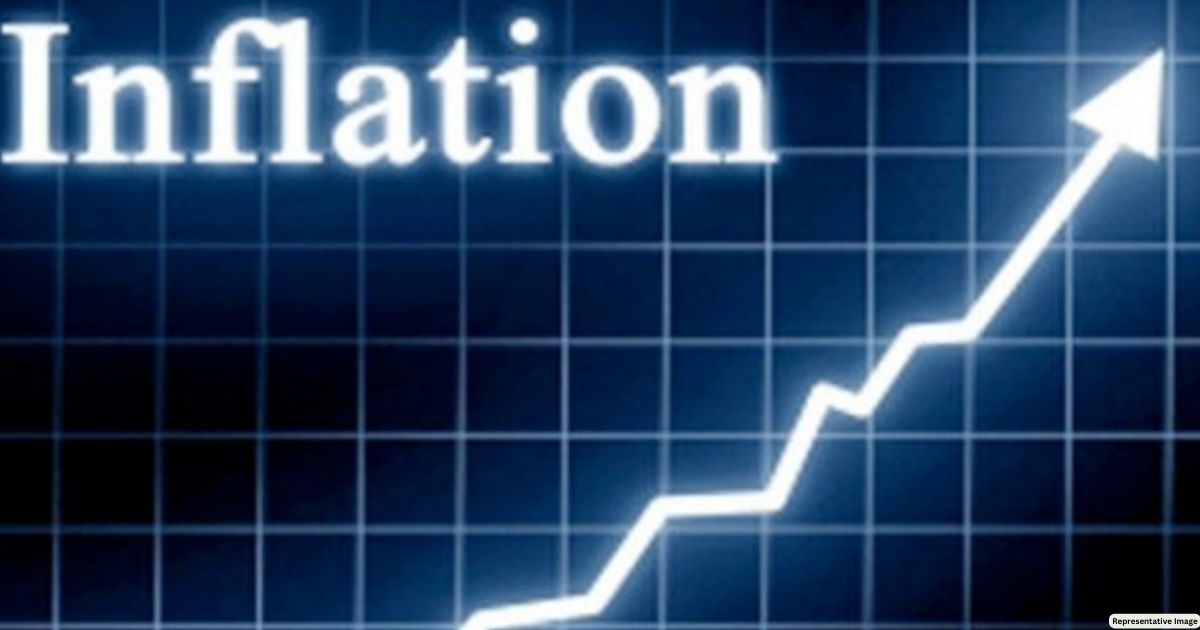
.png)


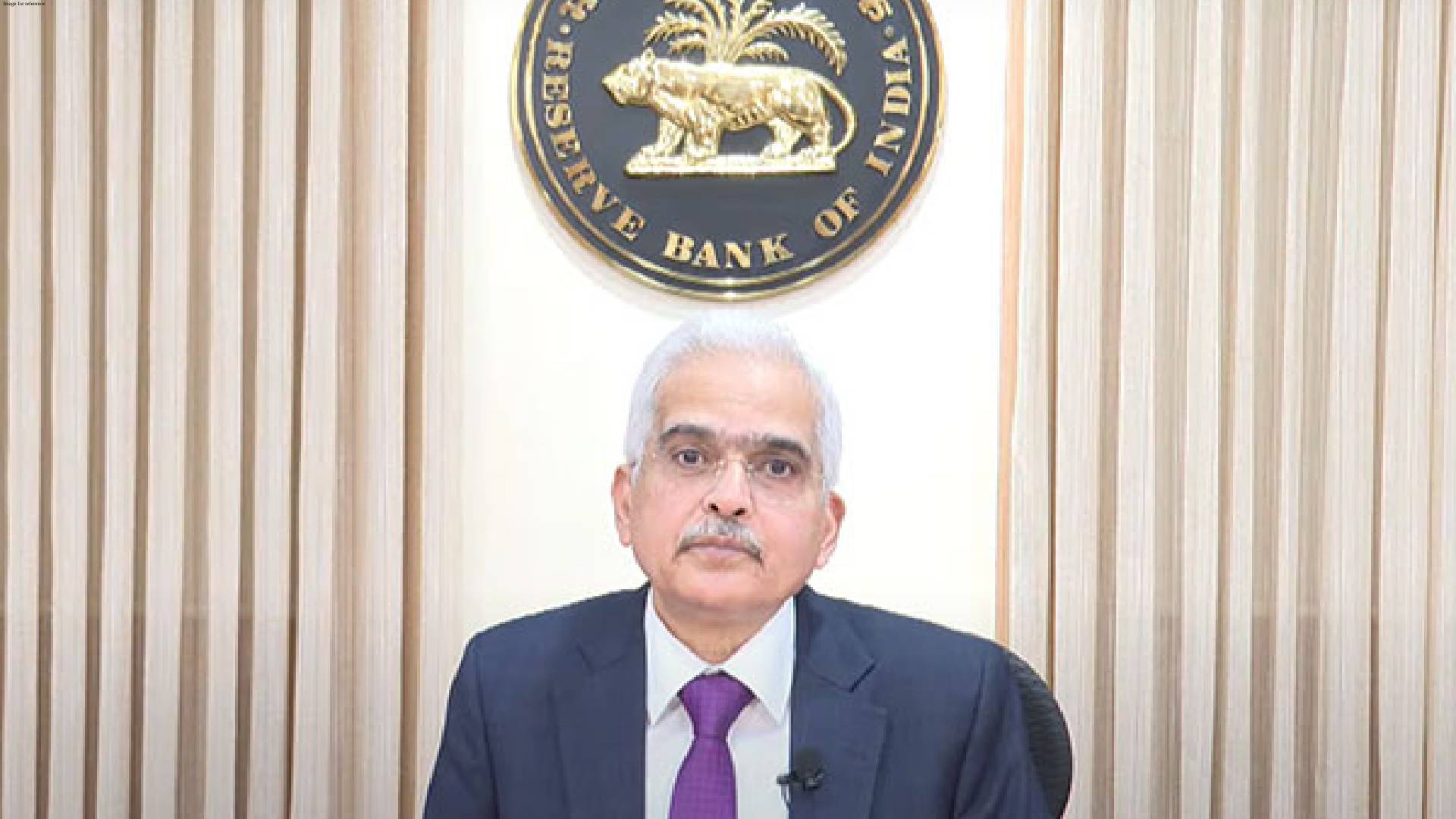
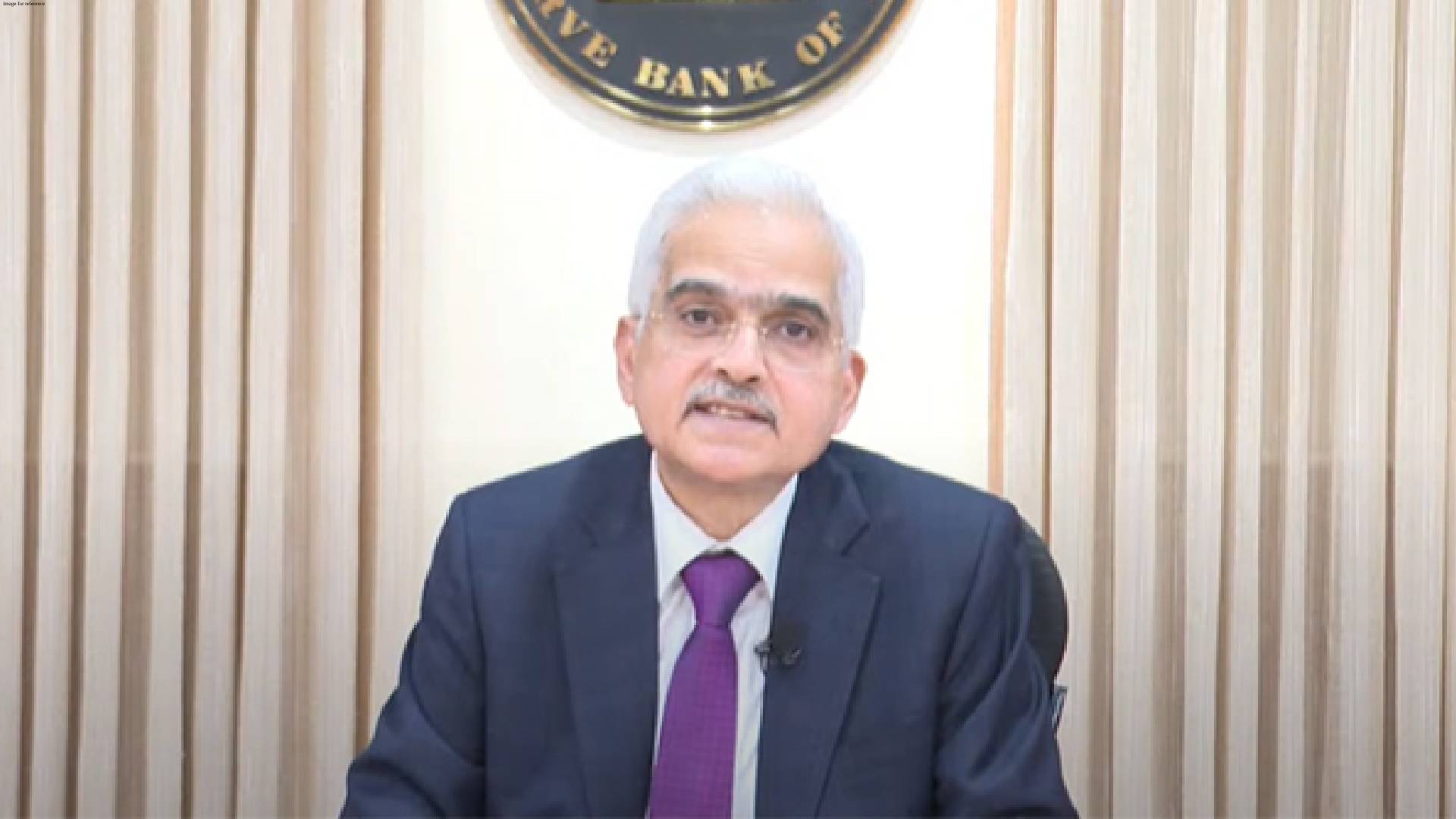
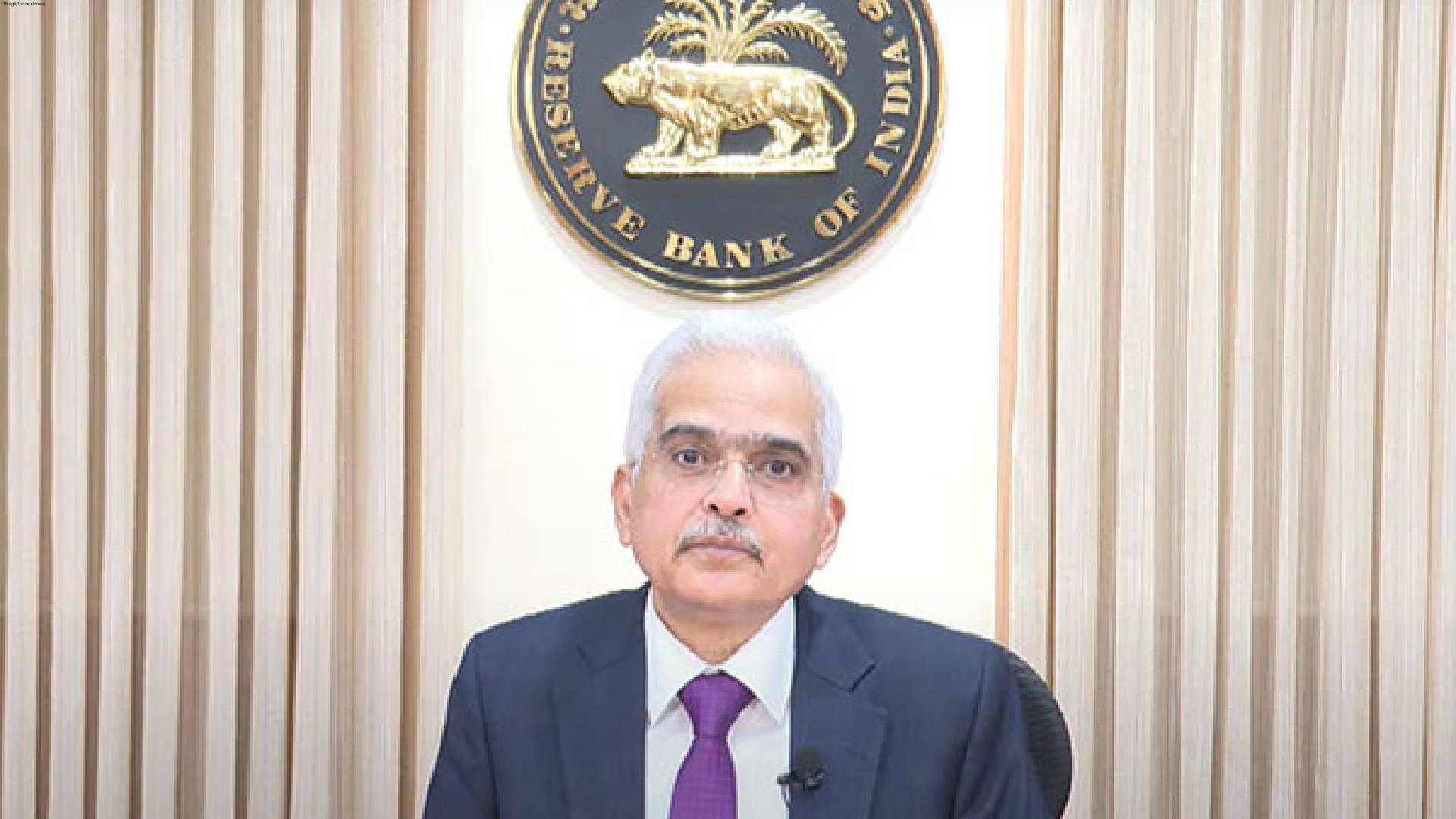
.png)

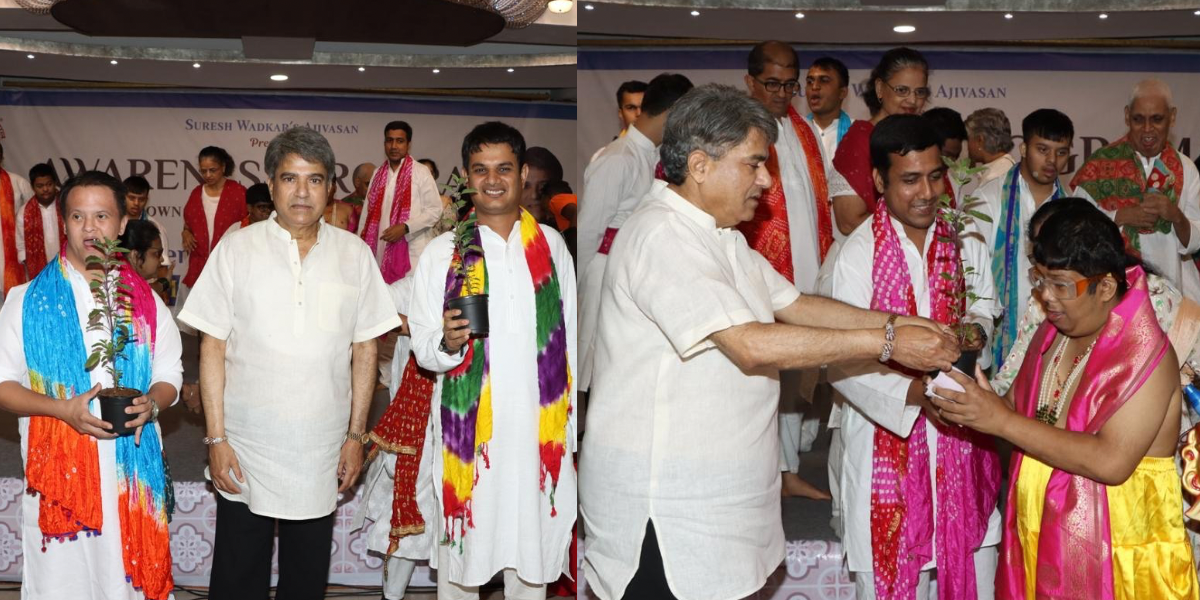
.jpg)
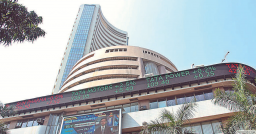
.jpg)
.jpg)
.jpg)
.jpg)
.jpg)
.jpg)
